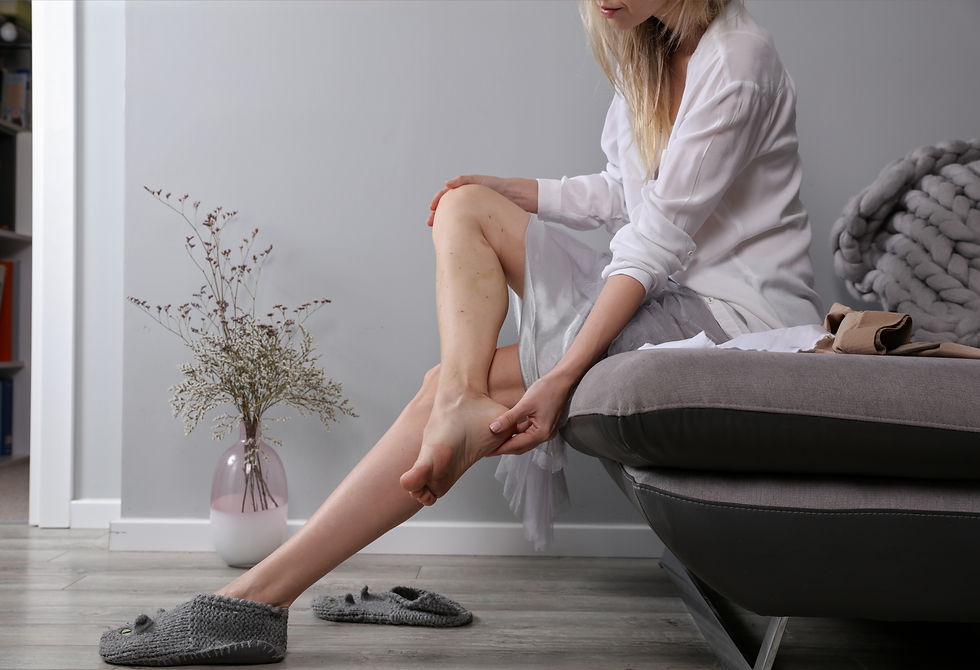Symptoms of Varicose Veins - Mayo Clinic Article
- Texas Vein Health

- Jun 29, 2019
- 1 min read
Updated: Jul 1, 2019
Varicose veins are twisted, enlarged veins. Any superficial vein may become varicosed, but the veins most commonly affected are those in your legs. That's because standing and walking upright increases the pressure in the veins of your lower body.
For many people, varicose veins and spider veins — a common, mild variation of varicose veins — are simply a cosmetic concern. For other people, varicose veins can cause aching pain and discomfort. Sometimes varicose veins lead to more-serious problems.
Treatment may involve self-care measures or procedures by your doctor to close or remove veins.
Symptoms
Varicose veins may not cause any pain. Signs you may have varicose veins include:
* Veins that are dark purple or blue in color
* Veins that appear twisted and bulging; they are often like cords on your legs
When painful signs and symptoms occur, they may include:
* An achy or heavy feeling in your legs
* Burning, throbbing, muscle cramping and swelling in your lower legs
* Worsened pain after sitting or standing for a long time
* Itching around one or more of your veins
* Skin discoloration around a varicose vein
Spider veins are similar to varicose veins, but they're smaller. Spider veins are found closer to the skin's surface and are often red or blue.
Spider veins occur on the legs, but can also be found on the face. They vary in size and often look like a spider's web.
For more on this article visit https://www.mayoclinic.org/diseases-conditions/varicose-veins/symptoms-causes/syc-20350643





Comments